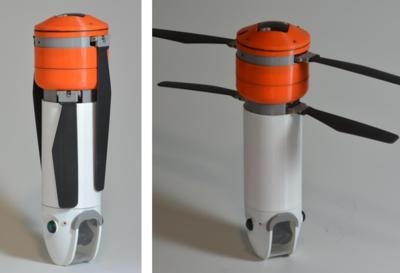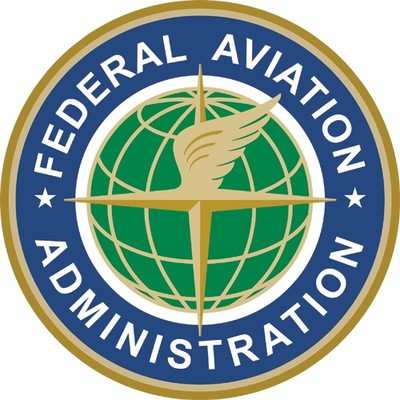Fri, Feb 26, 2016
Rulemaking Committee To Report Back On (No Foolin') April 1
The FAA is establishing an aviation rulemaking committee with industry stakeholders to develop recommendations for a regulatory framework that would allow certain UAS to be operated over people who are not directly involved in the operation of the aircraft. The FAA is taking this action to provide a more flexible, performance-based approach for these operations than what was considered for Micro UAS. The committee will begin its work in March and issue its final report to the FAA on April 1.

“The Department continues to be bullish on new technology,” said U.S. Transportation Secretary Anthony Foxx. “We recognize the significant industry interest in expanding commercial access to the National Airspace System. The short deadline reinforces our commitment to a flexible regulatory approach that can accommodate innovation while maintaining today’s high levels of safety.”
The rulemaking committee will develop recommendations for performance-based standards for the classification and operation of certain UAS that can be operated safely over people; identify how UAS manufacturers can comply with the requirements; and propose operational provisions based on the requirements. The FAA will draft a rulemaking proposal after reviewing the committee’s report.

“Based on the comments about a ‘micro’ classification submitted as part of the small UAS proposed rule, the FAA will pursue a flexible, performance-based regulatory framework that addresses potential hazards instead of a classification defined primarily by weight and speed,”said FAA Administrator Michael Huerta.
To develop this framework, the FAA is seeking advice and recommendations from a diverse set of aviation stakeholders, including UAS manufacturers, UAS operators, consensus-standards organization, and researchers and academics.
The UAS registration task force established last October serves as a model for the Micro UAS rulemaking committee. The committee (PDF) will be co-chaired by Earl Lawrence, Director, FAA UAS Integration Office and Nancy Egan, General Counsel, 3D Robotics.
(Image from file)
More News
Ground Stop (GS) The GS is a process that requires aircraft that meet a specific criteria to remain on the ground. The criteria may be airport specific, airspace specific, or equip>[...]
Aero Linx: Australian Transport Safety Bureau (ATSB) The Australian Transport Safety Bureau (ATSB) improves safety and public confidence in aviation, marine and rail transport thro>[...]
“The Palo Alto stopover confirmed—yet again—that flight schools and aero-clubs are no longer just curious about electric training; they are ready to buy. In just >[...]
Pilot’s Failure To Maintain Clearance From The Water While Flying At A Low Altitude Analysis: The flight of two airplanes was in cruise flight on a north heading about 50 ft >[...]
Also: 48th Annual Air Race Classic, Hot Air Balloon Fire, FAA v Banning 100LL, Complete Remote Pilot The news Piper PA-18 Super Cub owners have been waiting for has finally arrived>[...]
 ANN's Daily Aero-Term (06.30.25): Ground Stop (GS)
ANN's Daily Aero-Term (06.30.25): Ground Stop (GS) ANN's Daily Aero-Linx (06.30.25)
ANN's Daily Aero-Linx (06.30.25) Aero-News: Quote of the Day (06.30.25)
Aero-News: Quote of the Day (06.30.25) NTSB Final Report: ICON A5
NTSB Final Report: ICON A5 Airborne Affordable Flyers 06.26.25: PA18 Upgrades, Delta Force, Rhinebeck
Airborne Affordable Flyers 06.26.25: PA18 Upgrades, Delta Force, Rhinebeck



